General Discussion
Forum home - Go back to General discussion
|
Baffle Boards
|
|
|
« Back ·
1 ·
Next »
|
|
|
Return to top of page · Post #: 1 · Written at 9:16:32 PM on 23 August 2013.
|
|
|
|
Location: Canberra, ACT
Member since 23 August 2012 Member #: 1208 Postcount: 587 |
|
I've known about baffle boards all my life. When my grandfather bought his first AWA tower model in the 1930s, a relative built him a freestanding baffle board for an extension speaker. It was a massive piece of Australian hardwood, stained and polished, around four foot tall by three foot wide, standing on the floor angled back on a baseplate. I remember it sounding very authoritative when he listened to the news or the cricket, but maybe it just reflected the stern presence of my grandfather. He used that well into the 1960s. |
|
|
Return to top of page · Post #: 2 · Written at 9:09:18 PM on 22 September 2013.
|
|
|
|
Location: Silver City WI, US
Member since 10 May 2013 Member #: 1340 Postcount: 977 |
|
Maverick high-end speaker designer Alon Wolf believes only heavy gauge machined aluminium baffle is inert enough for his Magico speakers. |
|
|
Return to top of page · Post #: 3 · Written at 10:34:49 PM on 22 September 2013.
|
|
|
|
Location: Canberra, ACT
Member since 23 August 2012 Member #: 1208 Postcount: 587 |
|
Caneite never completely loses a faint whiff of molasses - perhaps your Queensland cinema smelled slightly sugary? |
|
|
Return to top of page · Post #: 4 · Written at 10:56:23 PM on 22 September 2013.
|
|
|
|
Location: Sydney, NSW
Member since 28 January 2011 Member #: 823 Postcount: 6899 |
|
I guess designers always have to strike a balance between looking for resonance that is favourable to the desired tone range, OR going for maximum inertia so that the cone itself dominates generation of the accoustic waves. |
|
|
Return to top of page · Post #: 5 · Written at 10:58:26 PM on 22 September 2013.
|
|
|
|
Administrator
Location: Naremburn, NSW
Member since 15 November 2005 Member #: 1 Postcount: 7574 |
|
I have two mono valve amplifiers, one an AWA and the other a Philips. Photos in my following post. ‾‾‾‾‾‾‾‾‾‾‾‾‾‾‾‾‾‾‾‾‾‾‾‾‾‾‾‾‾‾‾‾‾‾‾‾‾‾‾‾‾‾‾‾‾‾‾‾‾‾‾‾‾‾‾‾‾‾‾‾‾‾‾‾‾‾‾‾ A valve a day keeps the transistor away... |
|
|
Return to top of page · Post #: 6 · Written at 8:22:56 AM on 23 September 2013.
|
|
|
|
Location: Canberra, ACT
Member since 23 August 2012 Member #: 1208 Postcount: 587 |
|
"some audiophiles constructing concrete speaker boxes in the 1960s." |
|
|
Return to top of page · Post #: 7 · Written at 9:27:17 AM on 23 September 2013.
|
|
|
|
Location: Melbourne, VIC
Member since 5 October 2009 Member #: 555 Postcount: 470 |
|
Maven, ‾‾‾‾‾‾‾‾‾‾‾‾‾‾‾‾‾‾‾‾‾‾‾‾‾‾‾‾‾‾‾‾‾‾‾‾‾‾‾‾‾‾‾‾‾‾‾‾‾‾‾‾‾‾‾‾‾‾‾‾‾‾‾‾‾‾‾‾ Cheers, Ian |
|
|
Return to top of page · Post #: 8 · Written at 8:22:34 PM on 24 September 2013.
|
|
|
|
Administrator
Location: Naremburn, NSW
Member since 15 November 2005 Member #: 1 Postcount: 7574 |
|
These are my amplifiers. The only speakers I have are the AWA Bakelite ones from the 40s and 50s. 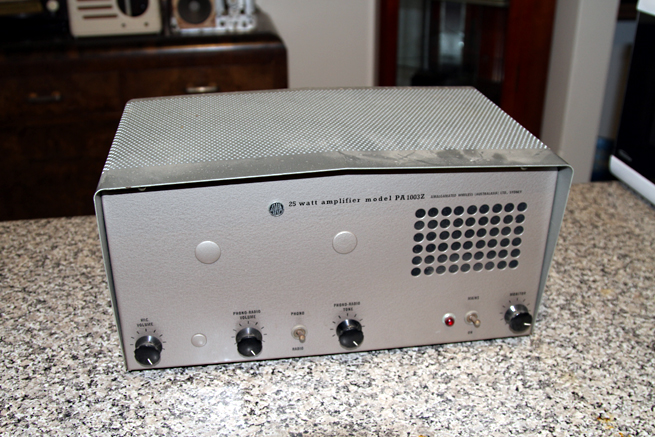 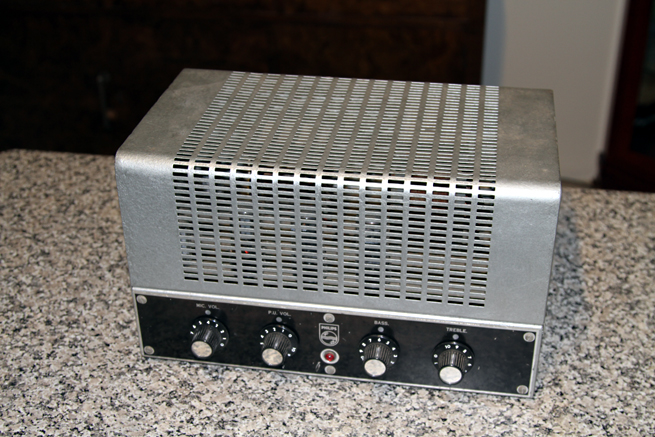 ‾‾‾‾‾‾‾‾‾‾‾‾‾‾‾‾‾‾‾‾‾‾‾‾‾‾‾‾‾‾‾‾‾‾‾‾‾‾‾‾‾‾‾‾‾‾‾‾‾‾‾‾‾‾‾‾‾‾‾‾‾‾‾‾‾‾‾‾ A valve a day keeps the transistor away... |
|
|
Return to top of page · Post #: 9 · Written at 8:41:01 PM on 24 September 2013.
|
|
|
|
Location: Sydney, NSW
Member since 28 January 2011 Member #: 823 Postcount: 6899 |
|
^ I recognise both of those amplifiers from my youth. The top one was used by my swimming club at the pool when I was in my teens and the bottom one was in the local church. |
|
|
Return to top of page · Post #: 10 · Written at 10:23:47 PM on 24 September 2013.
|
|
|
|
Location: Canberra, ACT
Member since 23 August 2012 Member #: 1208 Postcount: 587 |
|
The one I remember from State School was a floor-standing model and included the tuner and bank of toggle switches so classrooms could be patched in or out individually. I wonder if thsi was a special contract job for Victorian schools of the period (1950s) |
|
|
Return to top of page · Post #: 11 · Written at 1:09:25 PM on 25 September 2013.
|
|
|
|
Administrator
Location: Naremburn, NSW
Member since 15 November 2005 Member #: 1 Postcount: 7574 |
|
I have an STC piped music system from the Royal Ryde Rehabilitation Hospital which is in a rack cabinet. It was being thrown into a skip bin during a spring clean whilst I worked there in the early 1990s. It was half way into the skip when I yelled STOP! 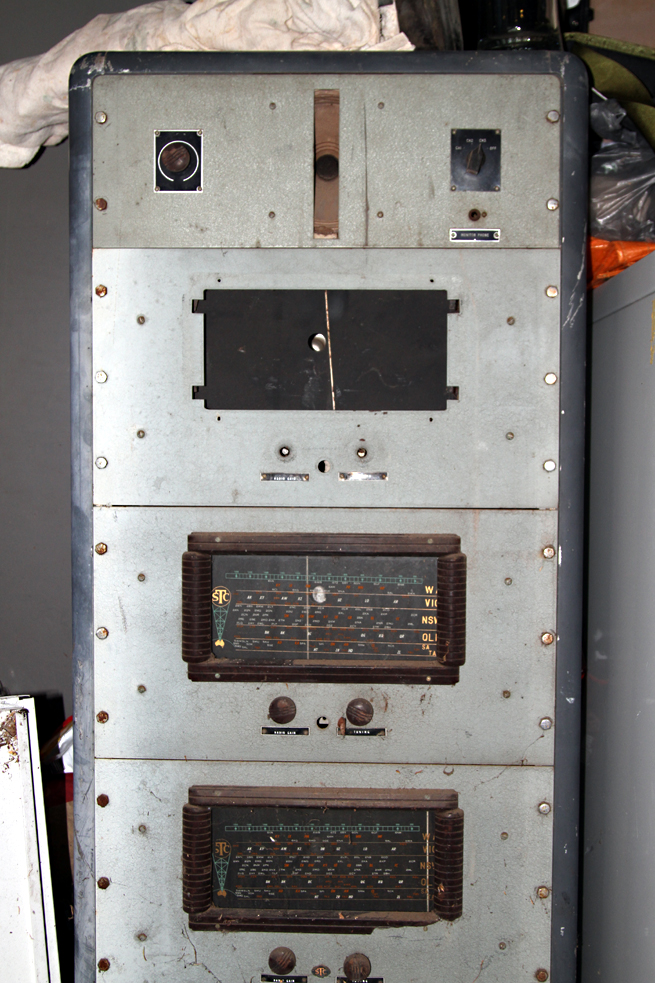 On the subject of baffle boards, there were loudspeakers fed from this system too, in the common areas - patient dining room, sitting room, etc. These loudspeakers were mounted on a wedge-shaped baffle board mounted in the corner of each room they served - not unlike the speakers used in schools (including mine) at the time. ‾‾‾‾‾‾‾‾‾‾‾‾‾‾‾‾‾‾‾‾‾‾‾‾‾‾‾‾‾‾‾‾‾‾‾‾‾‾‾‾‾‾‾‾‾‾‾‾‾‾‾‾‾‾‾‾‾‾‾‾‾‾‾‾‾‾‾‾ A valve a day keeps the transistor away... |
|
|
Return to top of page · Post #: 12 · Written at 3:10:40 PM on 26 September 2013.
|
|
|
|
Location: Silver City WI, US
Member since 10 May 2013 Member #: 1340 Postcount: 977 |
|
In some old houses you can make an infinite baffle between rooms or floor-to-cellar/crawlspace. I always wanted to try planar spkrs in walls like Magnapan or electrostatics to get real bass from them - am still going to try this. I replaced trapdoor in closet with a baffle for inf baffle Altec's - front loading with corner horn. By adding door panel with planar driver I can experiment for "faster bass". 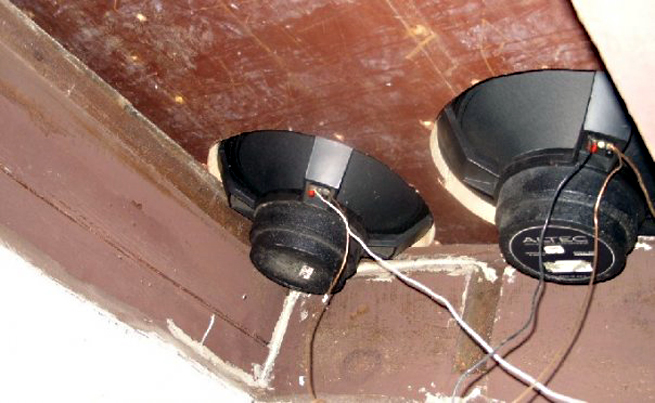 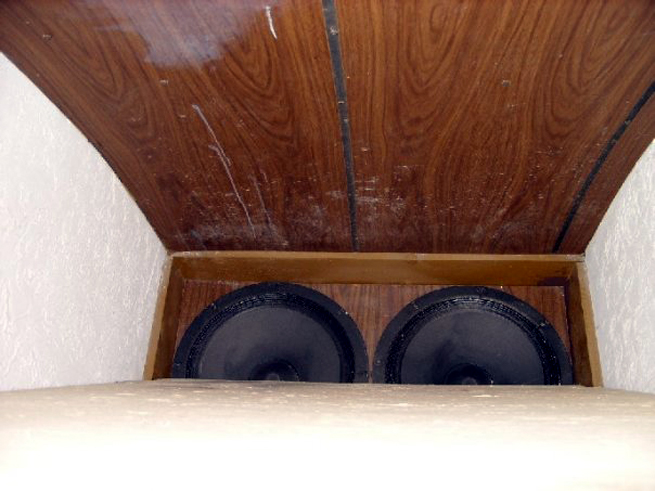 |
|
|
Return to top of page · Post #: 13 · Written at 3:38:20 PM on 26 September 2013.
|
|
|
|
Location: Silver City WI, US
Member since 10 May 2013 Member #: 1340 Postcount: 977 |
|
"STC piped music" |
|
|
« Back ·
1 ·
Next »
|
|
|
You need to be a member to post comments on this forum.
|
|

Sign In

Vintage Radio and Television is proudly brought to you by an era where things were built with pride and made to last.
DISCLAIMER: Valve radios and televisions contain voltages that can deliver lethal shocks. You should not attempt to work on a valve radio or other electrical appliances unless you know exactly what you are doing and have gained some experience with electronics and working around high voltages. The owner, administrators and staff of Vintage Radio & Television will accept no liability for any damage, injury or loss of life that comes as a result of your use or mis-use of information on this website. Please read our Safety Warning before using this website.
WARNING: Under no circumstances should you ever apply power to a vintage radio, television or other electrical appliance you have acquired without first having it checked and serviced by an experienced person. Also, at no time should any appliance be connected to an electricity supply if the power cord is damaged. If in doubt, do not apply power.
Shintara - Keepin' It Real · VileSilencer - Maintain The Rage
